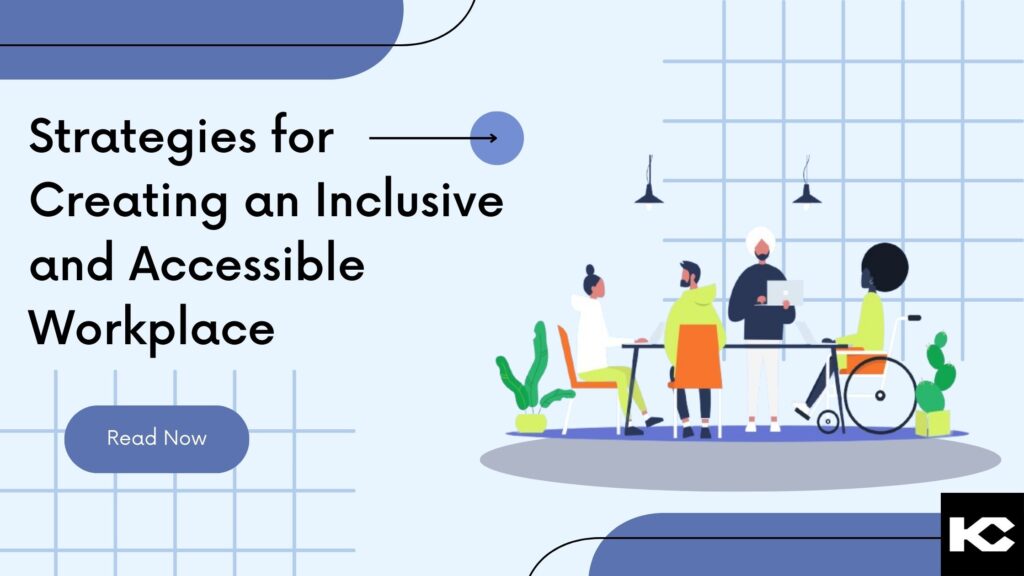Developing a workplace that is welcoming and accessible to everyone is essential for fostering diversity, encouraging innovation, and establishing a supportive community. It goes beyond compliance—it’s about enhancing operational efficiency and leveraging a broader talent pool. Here are essential approaches to ensure that your workplace is inclusive and accessible for individuals with disabilities.
1. Start with Infrastructure
Accessibility should be integrated into the physical environment of your workplace. This includes compliant ramps, doorways, restrooms, and elevators. Also, consider the layout of workspace areas to ensure they are navigable for people with mobility aids. Adequate lighting and clear signage can help those with visual impairments, while quiet zones can benefit individuals with auditory processing disorders.
2. Embrace Assistive Technologies
Technology plays a crucial role in making workplaces more accessible. Invest in software that supports screen readers, speech-to-text capabilities, and other tools that assist employees with different needs. Offering adjustable workstations, ergonomic seating options, and variable height desks can also accommodate a range of physical needs.
3. Implement Flexible Work Policies
Flexibility can make a significant difference for employees with disabilities. This might include flexible hours, the option to work remotely, or modified break times. Such policies help employees manage their health needs without compromising their work.
4. Foster an Inclusive Culture
Building an inclusive culture goes beyond physical or structural changes. It involves fostering an environment where all employees feel valued and understood. Conduct regular training sessions on diversity, equity, and inclusion. Encourage open communication, provide disability etiquette training, and ensure that all employees are aware of the support resources available.
5. Regularly Review and Adapt
Accessibility needs can evolve, and so should your workplace practices. Regularly solicit feedback from your team about how to improve accessibility. Stay informed about new technologies and approaches to accessibility, and be prepared to adapt and implement changes that can support your workforce better.
6. Create Comprehensive Emergency Procedures
Ensure that all safety and emergency procedures are inclusive. This includes having evacuation plans that account for employees with mobility, visual, or hearing impairments, and conducting regular drills that practice these inclusive procedures.
7. Leadership and Accountability
Leadership must be committed to and accountable for fostering accessibility. This commitment should be evident in the organization’s policies, the allocation of resources, and its public commitments. Leaders should also be accessible and open to discussions about disability and accessibility.
By taking these steps, businesses can build not just a legally compliant workplace, but a truly inclusive and supportive environment where all employees can thrive. An accessible workplace benefits everyone by creating a more equitable, diverse, and productive environment.
Kizzy Consulting
Kizzy Consulting is a Salesforce Consulting Partner based in Panchkula, India. Kizzy has successfully implemented 100+ Salesforce projects for 100+ clients across sectors like Financial Services, Insurance, Retail, Sales, Manufacturing, Real estate, Logistics, and Healthcare in countries like the US, Europe, Germany, and Australia. Get a free consultation now by emailing us at sunidhi@kizzyconsulting.com or Contact us.

